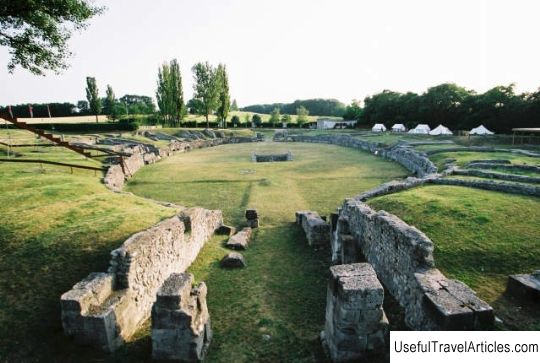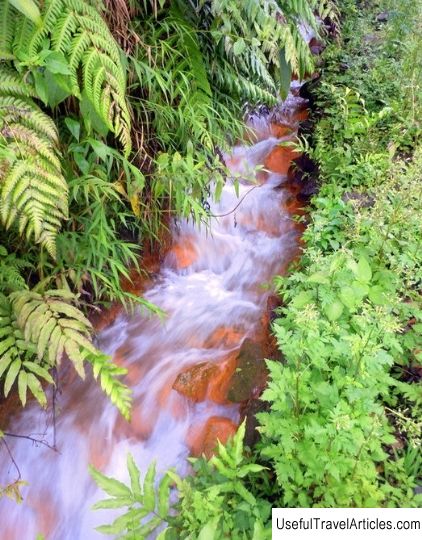Open-air archaeological park Petronell-Carnuntum description and photos - Austria: Lower Austria
Rating: 8,6/10 (689 votes) 
Petronell-Carnuntum open-air archaeological park description and photos - Austria: Lower Austria. Detailed information about the attraction. Description, photographs and a map showing the nearest significant objects. The name in English is Petronell-Carnuntum. Photo and descriptionYou can see the ancient Roman city not only in Italy, but also in Austria. Between Bratislava and Vienna there is an open-air archaeological museum - Karnuntum. In the second half of the 19th century, the ancient city of Carnuntum became the object of scientific research. Numerous excavations have yielded sensational finds. At the initiative of the Society of Friends of Carnuntum, the architect Friedrich Ohmann was given the task of designing a museum in the vicinity of Carnuntum. The Carnuntum Museum was officially opened by Emperor Franz Joseph on May 27, 1904. Previously, the finds were divided between several private collections, but now it has become possible to show them under one roof. The city was built at the intersection of ancient trade routes on the banks of the Danube River. The first mention of Carnuntum is associated with the name of Tiberius, who later became emperor, ordered to build a winter camp on this place. It is believed that the population of Karnuntum, which flourished 1,700 years ago, was approximately 50 thousand people. Apparently, the city would be quite rich, as evidenced by the preserved baths and an amphitheater for 13,000 people. The city gained political influence thanks to its strategic objectives: from here the Romans planned to conquer Germany. However, after the collapse of the Roman Empire, the history of Carnuntum's prosperity also ended. The city was destroyed by German troops. Currently, excavations are being actively carried out in the city, archaeologists are constantly working. In particular, not so long ago, when using radar equipment, the ruins of a gladiator school were discovered. Despite, that scientists had not yet begun excavations, photographs from the devices revealed the walls of the rooms in which gladiators were supposed to live. Also, according to the instruments, there was a cemetery of slain gladiators outside the walls. The public baths, which were built around 124 AD, are of the greatest interest when visiting the city. Baths cover an area of 1,500 square meters. Visitors can see the remains of floors, canals and basements here.        We also recommend reading Piazza Gesu Nuovo description and photos - Italy: Naples Topic: Open-air archaeological park Petronell-Carnuntum description and photos - Austria: Lower Austria. |




